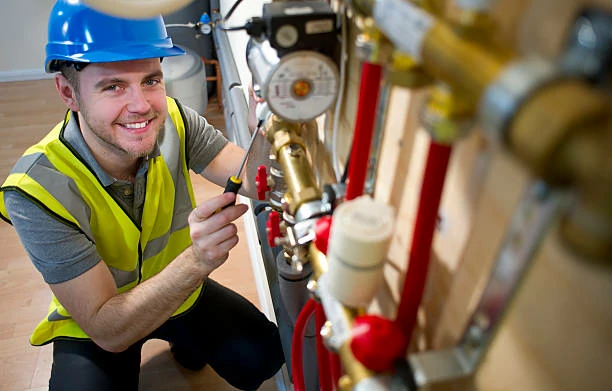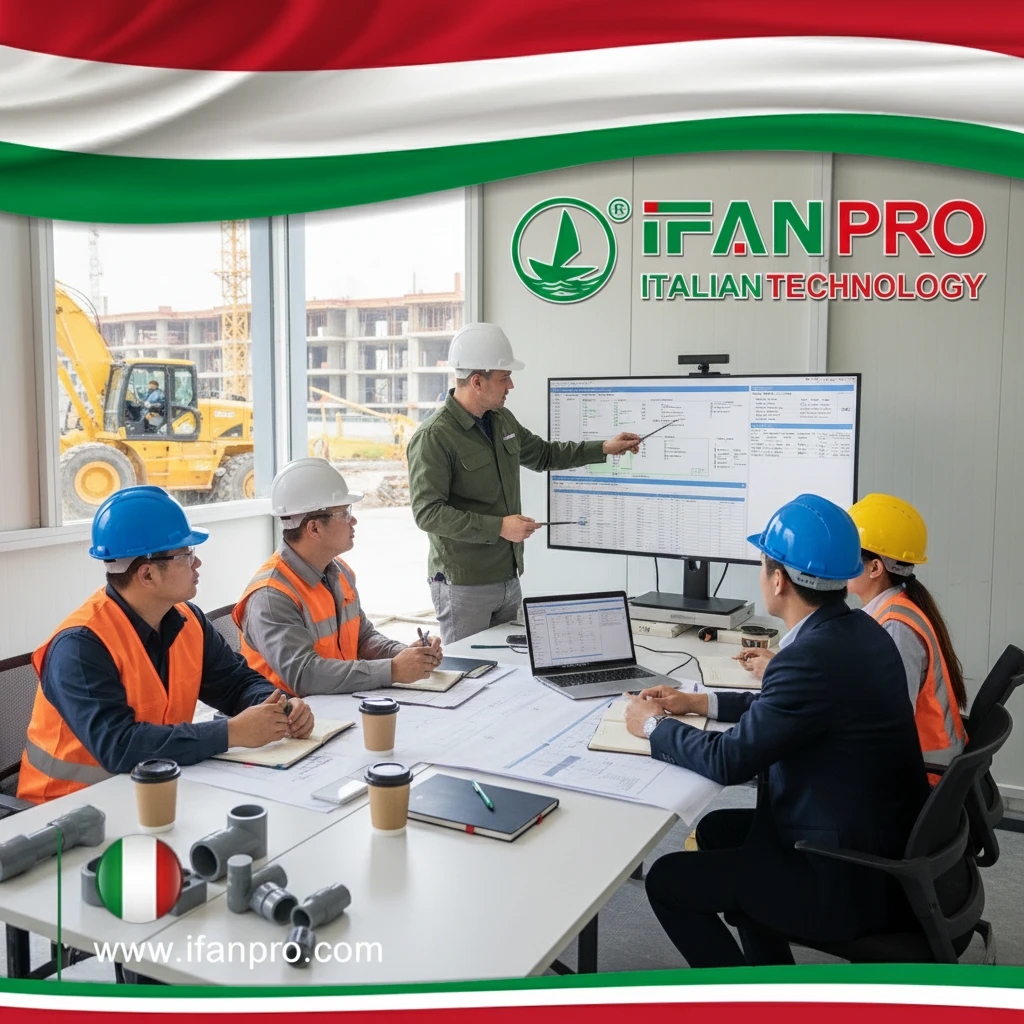Введение
Copper plumbing offers durability and reliability. Installing copper pipes correctly ensures long-lasting performance. This guide provides a step-by-step approach to installing copper plumbing, ensuring a smooth and efficient process.
Step 1: Gather Materials and Tools
Essential Materials
- Copper pipes
- Copper fittings (elbows, tees, couplings)
- Flux
- Solder
- Sandpaper or emery cloth
Necessary Tools
- Pipe cutter
- Propane torch
- Wire brush
- Tape measure
- Safety gear (gloves, goggles)
Step 2: Plan the Layout
Design the Layout Plan the pipe layout before starting the installation. Measure the distances accurately and mark the pipe lengths. Consider the location of fixtures and fittings.
Sketch the Plan Create a sketch of the plumbing layout. Include all pipes, fittings, and fixtures. This sketch serves as a reference during installation.
Step 3: Cut the Pipes
Measure and Mark Measure the length of copper pipe needed using a tape measure. Mark the cutting point with a marker.
Cut the Pipe Use a pipe cutter to cut the copper pipe at the marked point. Ensure a clean, straight cut to facilitate proper fitting.
Step 4: Clean and Prepare the Pipes
Sand the Ends Use sandpaper or an emery cloth to clean the ends of the copper pipes. Remove any burrs and ensure a smooth surface for fitting.
Clean the Fittings Use a wire brush to clean the inside of the fittings. This ensures a strong, leak-free joint.
Step 5: Apply Flux
Apply Flux to Pipe Ends Brush a thin layer of flux onto the cleaned ends of the copper pipes. Flux helps the solder flow and bond properly.
Apply Flux to Fittings Brush flux inside the fittings. Ensure even coverage to promote a strong joint.
Step 6: Assemble the Pipes and Fittings
Join the Pipes and Fittings Insert the cleaned and fluxed pipe ends into the fittings. Ensure the pipes fit snugly and align correctly.
Check the Alignment Check the alignment of the pipes and fittings. Make adjustments if necessary to ensure proper positioning.
Step 7: Heat the Joint
Prepare the Torch Ignite the propane torch and adjust the flame. A medium flame works best for soldering copper pipes.
Heat the Joint Heat the joint evenly by moving the torch around the fitting. Avoid overheating, as this can damage the pipe and fitting.
Step 8: Apply Solder
Touch the Solder to the Joint Once the joint heats up, touch the solder to the joint. The solder should melt and flow into the joint by capillary action.
Ensure Complete Coverage Apply enough solder to fill the joint completely. Avoid excessive solder, which can create weak points.
Step 9: Cool and Clean the Joint
Allow the Joint to Cool Let the soldered joint cool naturally. Avoid touching or disturbing the joint during cooling.
Clean the Joint Use a damp cloth to clean the joint. Remove any excess flux and solder residue.
Step 10: Test the Installation
Inspect the Joints Visually inspect all joints for proper soldering. Ensure no gaps or weak points exist.
Pressure Test the System Perform a pressure test on the plumbing system. Check for leaks and ensure the system maintains pressure.
Step 11: Secure the Pipes
Install Pipe Clamps Install pipe clamps to secure the pipes. Place clamps every 6-8 feet to prevent sagging and movement.
Ensure Proper Support Ensure the pipes have proper support at all bends and turns. This prevents stress on the joints and pipes.
Step 12: Insulate the Pipes
Apply Pipe Insulation Apply pipe insulation to all exposed copper pipes. Insulation prevents heat loss and protects against freezing.
Secure the Insulation Secure the insulation with tape or insulation clips. Ensure complete coverage for maximum efficiency.
Заключение
Installing copper plumbing involves careful planning and precise execution. By following this step-by-step guide, you can achieve a durable and efficient plumbing system. Proper preparation, soldering techniques, and testing ensure reliable performance. With attention to detail and adherence to best practices, your copper plumbing installation will provide long-lasting service.
Подключайтесь
ИФАН является китайским производителем пластиковых труб, фитингов и клапанов с 30-летним опытом работы. Если вы заинтересованы в ИФАН медные фитинги, медные клапаны, пластиковые трубы и фитинги, пожалуйста, свяжитесь с нами. ИФАН предлагает вам разнообразные стандартные трубы для удовлетворения ваших конкретных потребностей. Нажмите ниже, чтобы узнать больше о широком ассортименте доступной и экономичной арматуры и сопутствующих товаров для трубопроводных систем от IFAN.
Мы ответим на ваше письмо или факс в течение 24 часов.
Вы можете позвонить нам в любое время, если у вас возникнут вопросы по нашей продукции.
Для получения дополнительной информации, пожалуйста, посетите наш веб-сайт https://ifanpro.com/
Отправить по почте: [email protected]
Whatsapp: + 86 19857948982














Последние комментарии